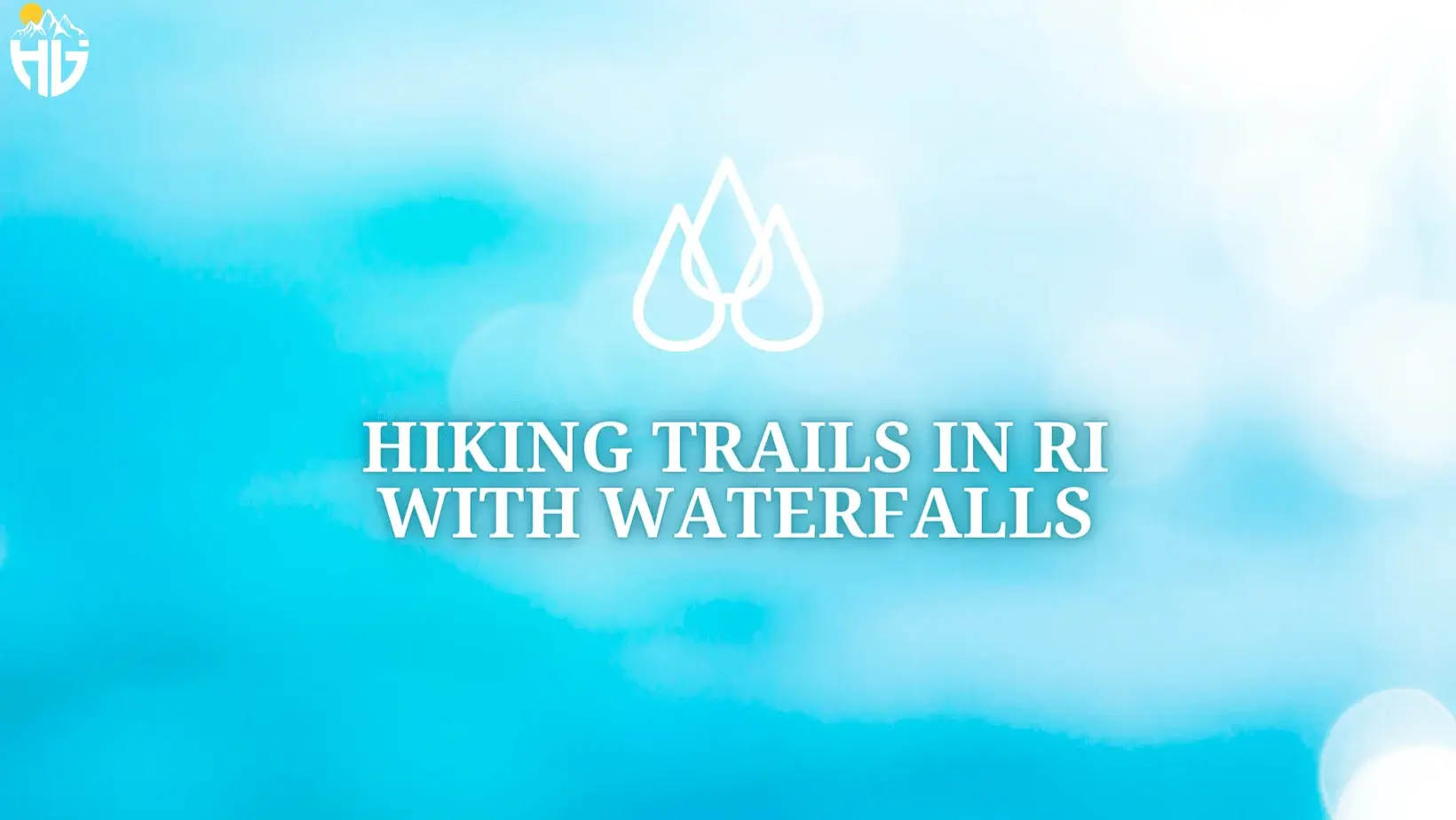What are switchbacks in hiking?
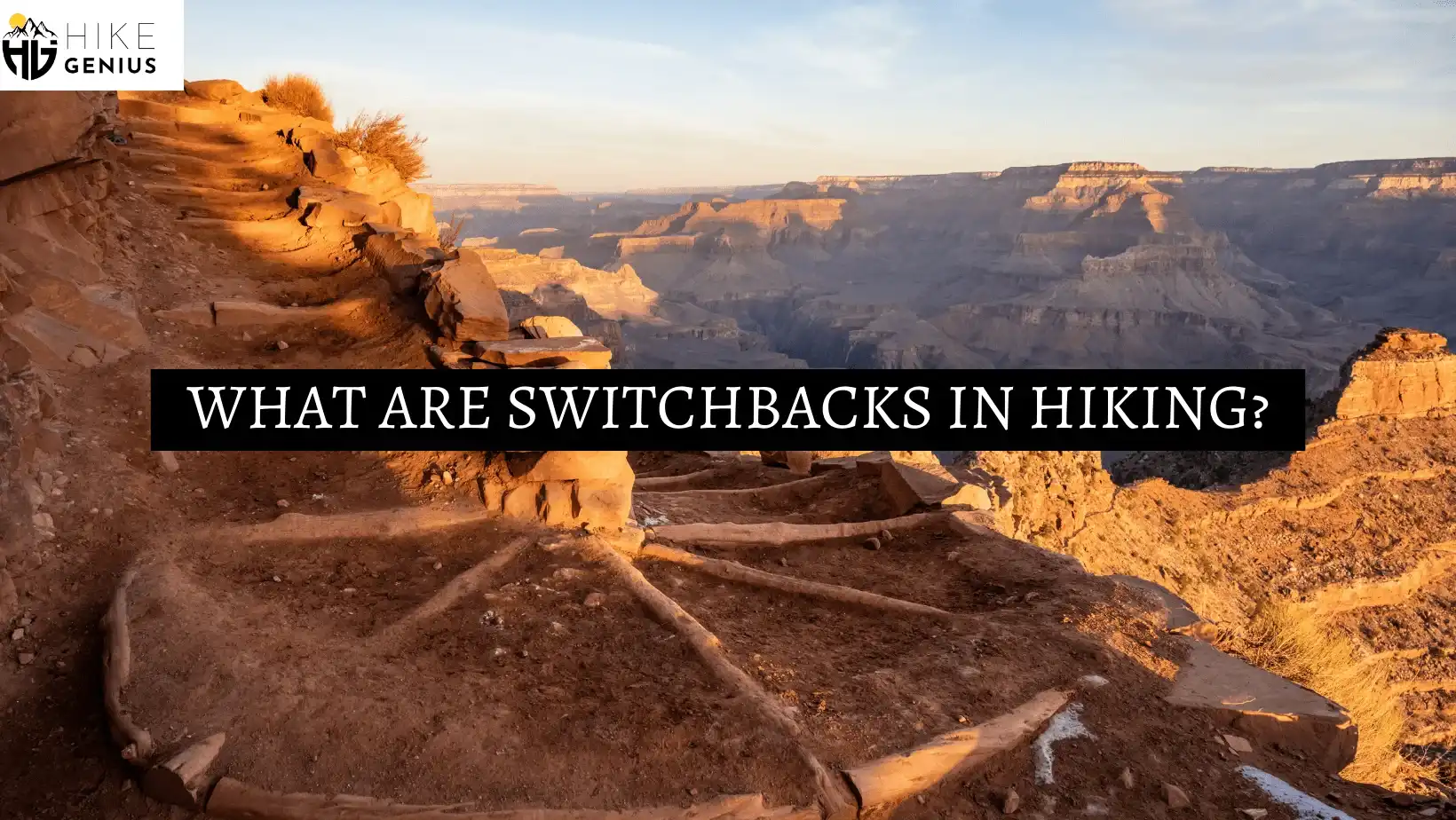
In areas with stiff terrain, like the mountains, switchbacks play a critical role in hiking trails. Switchbacks are zigzagging sections of a hike that help to lessen the steepness of a climb by dividing it into several shorter, more manageable sections.
They’re a standard feature on trails of varying degrees of challenge and essential to the long-term health and safety of the paths they run along. Since they lessen the harmful effects of steep terrain on the hiker’s physical and mental health, a switchback path is crucial for trekkers.
They allow hikers to rest and catch their breath by dividing the climb into several smaller sections, which lessens fatigue and the chance of injury. These trails also contribute to environmental preservation by reducing the overall damage to the path and soil erosion. This keeps the area’s natural beauty intact.
What are Switchbacks in hiking?
Travelers can more safely and effectively navigate switchbacks if they can understand the science behind them.
What Are The Physical Forces Behind Switchbacks Trails In Hiking
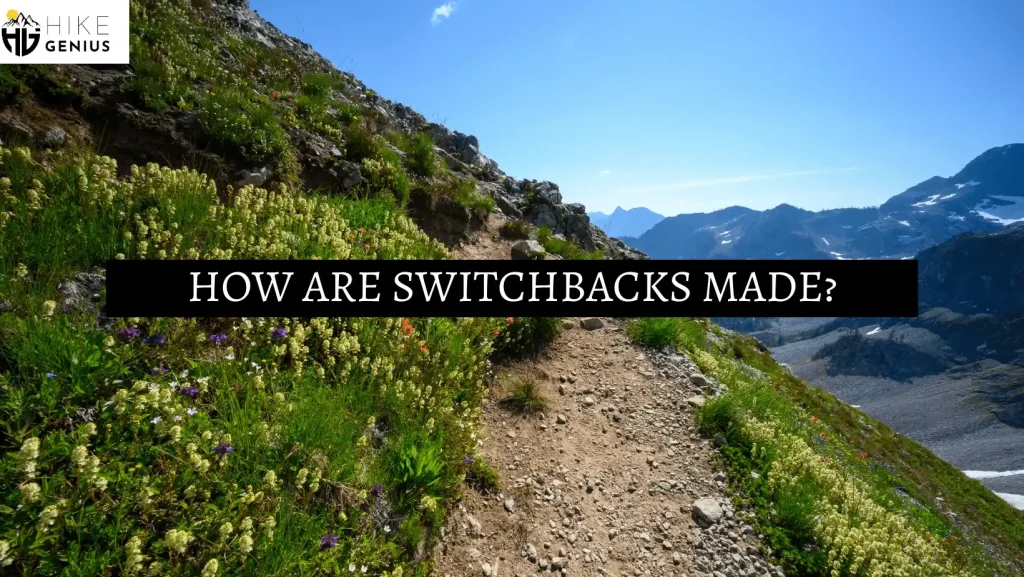
Switchback increase the distance travelled to reach a higher elevation, lowering the difficulty of a trail. The difficulty is lowered by breaking up the climb into a number of more accessible, shorter sections, the difficulty is lowered.
The direction of the force of gravity acting on trekkers changes as they ascend each switchback, causing their body position to change as well. As the angle of the incline decreases, less force is needed to move the hiker up each switchback.
Advantages of Switchbacks in Uphill Hiking
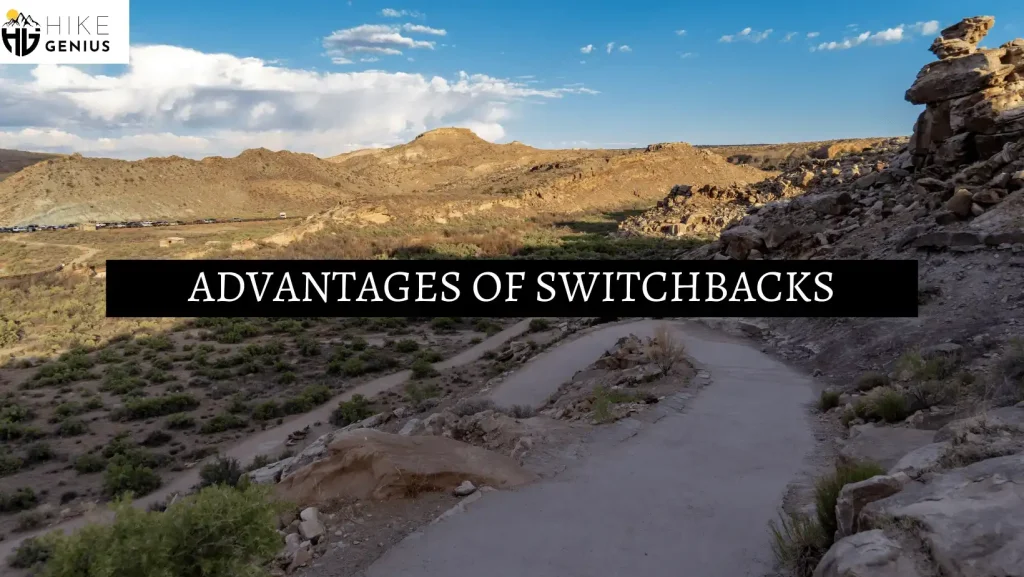
- Easy to climb the steep slope and safety of hikers
The Switchback trail makes it easy for trekkers to climb the steep hill safely. By dividing the climb into shorter sections, trekkers can rest and catch their breath between each switchback, reducing fatigue and the risk of injury.
Switchback helps travelers stay safe by providing a stable and secure hiking path. They create a safer hiking environment by reducing the risk of slips, falls, and other accidents by minimizing steepness and erosion. Furthermore, switchbacks are often wider than direct trails, allowing trekkers to safely pass one another.
Read More: How Many Miles to Hike In A Day?
- Minimizing Soil Erosion and Trail Damage
Hikers who take a direct, steeper slopes ascent can cause significant negative effects to the paths. They distribute the pressure of trekkers’ footsteps more evenly by creating a series of gradual inclines, minimizing damage to the hiking path and surrounding vegetation.
- Enough time and energy for natural beauty
This also allows trekkers to appreciate the natural beauty of the environment and reflect on their surroundings. Additionally, switchbacks help to minimize soil erosion and damage to the natural path, by reducing the concentration of foot traffic on any one section of the trail.
Disadvantages of Switchbacks in Hiking trails
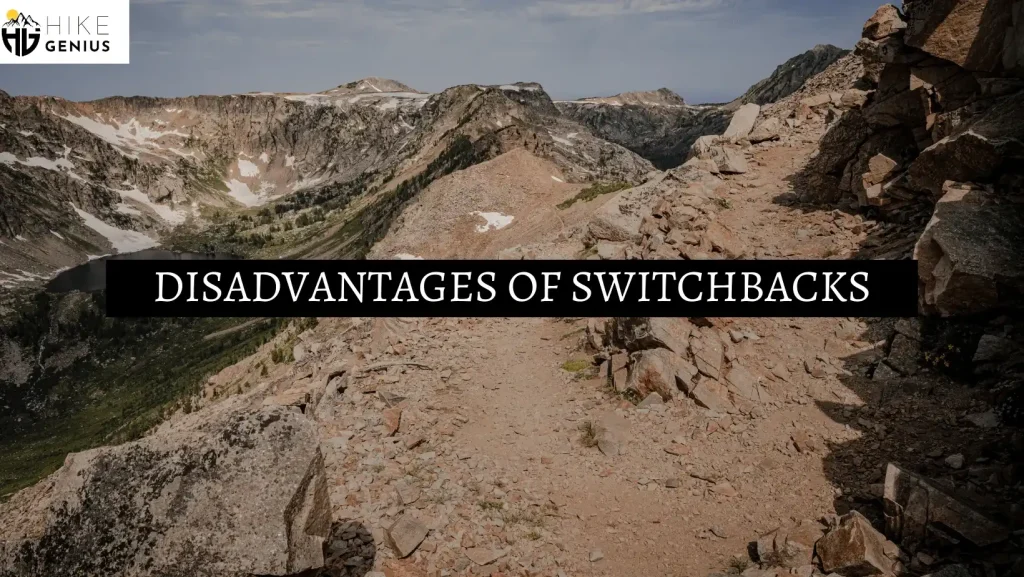
Switchbacks can also be more difficult for trekkers with poor balance or limited mobility. Finally, some trekkers may experience motion sickness as a result of the switchback’s numerous climbing turns.
When deciding whether to attempt switchback on a hiking trail, trekkers should take into account their unique abilities and physical limitations.
Types Of Switchback Trail
Depending on environmental factors, there are different types of switchback:
Zigzag trails

The most prevalent types are zig zag pattern switchback, which are distinguished by their angular, sharp climbing turns. The grade of the terrain is too steep to climb in a straight trail in uneven terrain, so switchbacks are typically used.
Hikers can ascend the hill by using a zigzag switchback, which divide the climb into smaller, more manageable sections, thereby lessening how steep it is.
Read More: What are the Triple threats in Hiking?
Corkscrew trails
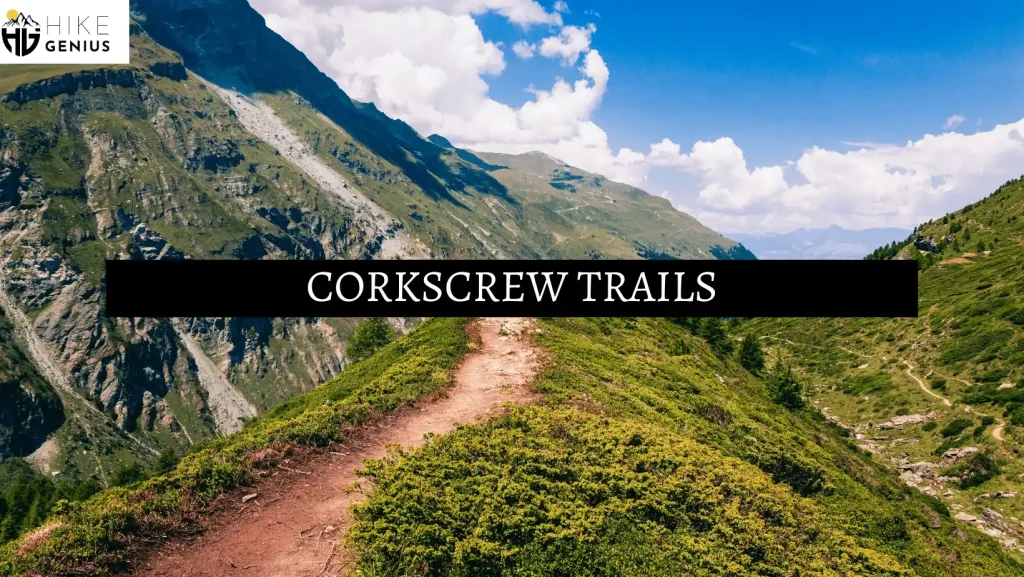
Any trails that make a 360-degree turn around a central point are known as corkscrew switchbacks. These are frequently used in terrain where the trail must follow a specific path but is too steep for zigzag.
Corkscrew have the benefit of allowing the trail to climb steep terrain while still maintaining a constant grade.
Serpentine trails

Serpentine are a type of switchback that follows the mountain’s natural contours rather than making sharp climbing turns. These beautiful trails are frequently used in mountain terrain where zigzag trails would be too stiff.
Serpentine switchbacks are less tiring for trekkers because each turn does not require as much energy.
Hikers must understand the various types of switchbacks in order to navigate them safely and efficiently.
How To Hike Switchback Trails
Hiking switchback trail can be both difficult and rewarding for outdoor enthusiasts. To successfully hike, you must have the necessary knowledge and skills.
We will also provide uphill and downhill switchback tips, as well as safety precautions to keep in mind.
Recognizing the Route

Before you begin hiking switchback trails, you must first understand the trail’s layout and the difficulties it presents. You should become acquainted with the trail’s length, elevation gain, and terrain. To ensure that you are prepared for the hike, research the trail and plan your route ahead of time.
Maintaining Your Pace

Switchback hiking necessitates a slow and steady pace. Begin with small steps and avoid pushing yourself too hard, especially at first. Take breaks as needed and pay attention to your body’s cues. Remember to stay hydrated and replenish your body with food and water on a regular basis.
Proper Foot Positioning and use hiking poles

Avoid stepping on loose rocks or gravel by keeping your feet firmly planted on the ground. Hiking poles can also help you maintain your balance and relieve pressure on your knees and ankles.
Breathing Methods

Take deep breaths and try to keep a consistent rhythm. Exhale as you take a step forward and inhale as you take a step back. This technique can assist you in conserving energy and reducing fatigue.
Precautions for Safety

Hiking switchbacks can be hazardous, particularly if you are unprepared. Wear proper hiking shoes and clothing, bring plenty of water and food, and bring a map and compass. Also, avoid hiking alone and notify someone of your route and expected return time.
Read More: How to Wear Hiking Boots With Shorts?
Uphill and Downhill Switchback Tips

Take small, deliberate steps, also called baby steps in hiking, uphill switchbacks and use your trekking poles for balance. Lean slightly forward and push yourself up the hill with your legs. Maintain your weight over your feet and take short, deliberate steps when hiking downhill switchbacks. Take your time and use your trekking poles for balance.
Best Switchback Hiking Trails
Switchback trails are a popular destination for trekkers seeking a challenging and rewarding outdoor experience. Switchback trails can be found on trails from mountainous regions to coastal trails all over the world. This section will go over some of the most popular switchback trail.
Angels Landing, Zion National Park, Utah, USA

Angels Landing is a popular hike in Zion National Park that includes multiple switchbacks trails that lead to a narrow ridge with sweeping views of the surrounding valley or beautiful and majestic mountain.
The hike is difficult to navigate, with exposed sections and steep drop-offs, but the views are well worth it.
The Inca Trail, Peru

The Inca Trail is a well-known hike that leads to Machu Picchu’s ancient ruins. The overall path is made up of switchbacks that climb steep mountain passes while crossing rivers and valleys.
The Inca hike is a difficult hike, but the scenery and significance of the ancient cultures make it a must-do for many travelers .
Half Dome, Yosemite National Park, California, USA

Half Dome is a popular Yosemite National Park hike that features a series of switchbacks that lead to the iconic rock formation.
The hike is difficult, with steep grades and exposed sections, but the views from the top are incredible.
The Milford Track, New Zealand

The Milford Track is a well-known New Zealand trekking areas that includes a series of switchbacks that climb steep mountain passes, traverse a mountain range, and descend into a valley.
The path is difficult, but it offers breathtaking views of waterfalls, mountain, and lakes along the way.
Conclusion
Finally, switchbacks are an essential component of any hiking trail, providing numerous benefits to both travellers and the environment. They make the trail less steep, reduce soil erosion and trail damage, improve hiker safety, provide opportunities for rest and reflection, and help to preserve the natural beauty of the environment.
Switchbacks, like any other feature on a trail, require careful consideration and planning by trail planners and maintainers to ensure they are properly built and maintained for maximum benefit. Hikers must also understand how to navigate switchbacks safely and effectively in order to reap all of their benefits.
As trekkers, we should recognise the value of switchbacks and how they improve both our hiking experience and the environment. Let us pledge to use them responsibly and to contribute to efforts to maintain and improve them on our favorite hiking trails.
So, the next time you’re out on the trail, look for switchbacks and take advantage of their presence. Always hike responsibly, leaving no trace, and respecting the natural beauty of the environment.
Happy Hiking!




